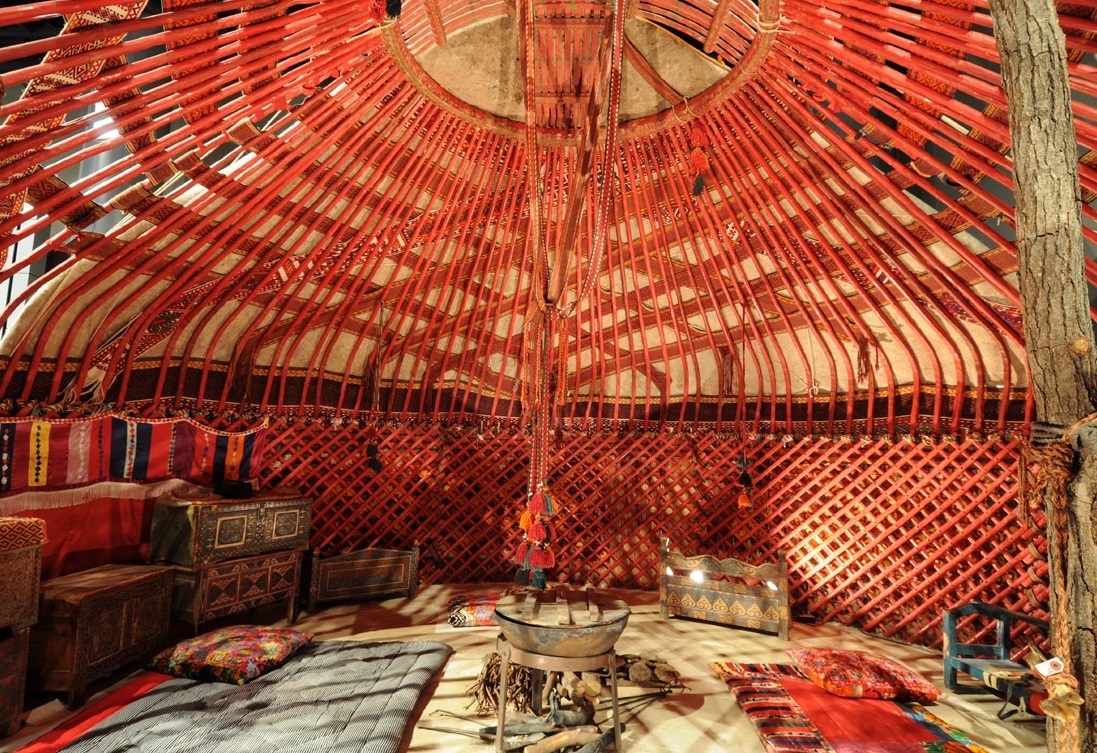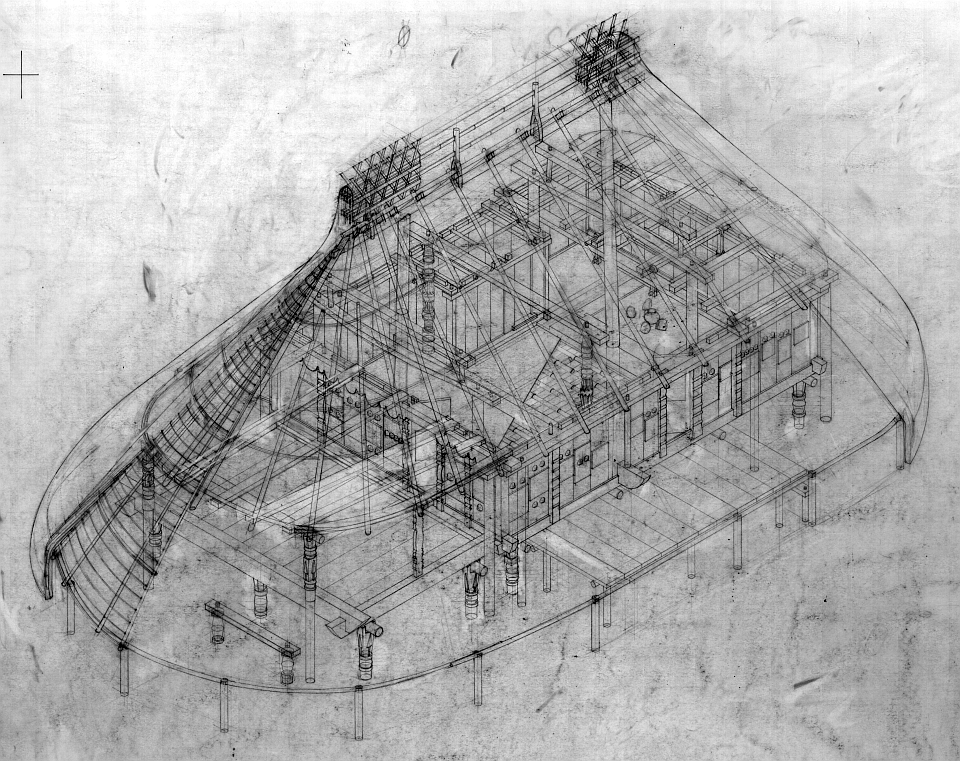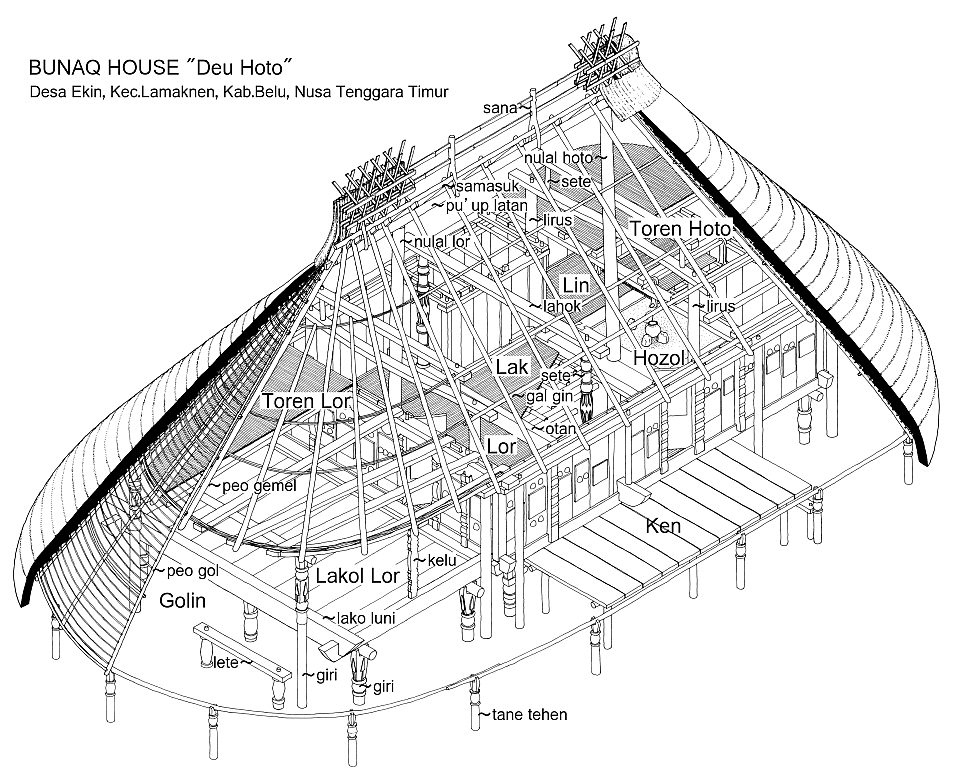Window Ethnology

The peoples that once populated regions from North Eurasia to North America lived in earthen huts with soil-covered roofs. These roofs had an opening at their apex, which structurally could not be filled. Peoples that utilized these openings as entryways used ladders that were decorated at the tip with guardian spirits. These openings were the first windows. They were also seen as passageways for people’s souls to travel between the human world and the heavens. Why did people choose to live in such closed, uncomfortable spaces?
The true value of these dwellings no doubt lay in their use as sleeping places, as they offered a dark space where one could lay embraced by the earth protected from the threats of nature. From this perspective, the skylight was the single biggest contradiction of these dwellings. Yet, without a window, they would not have had a connection with the outside world. The history of human dwellings thus started out with this built-in contradiction.

